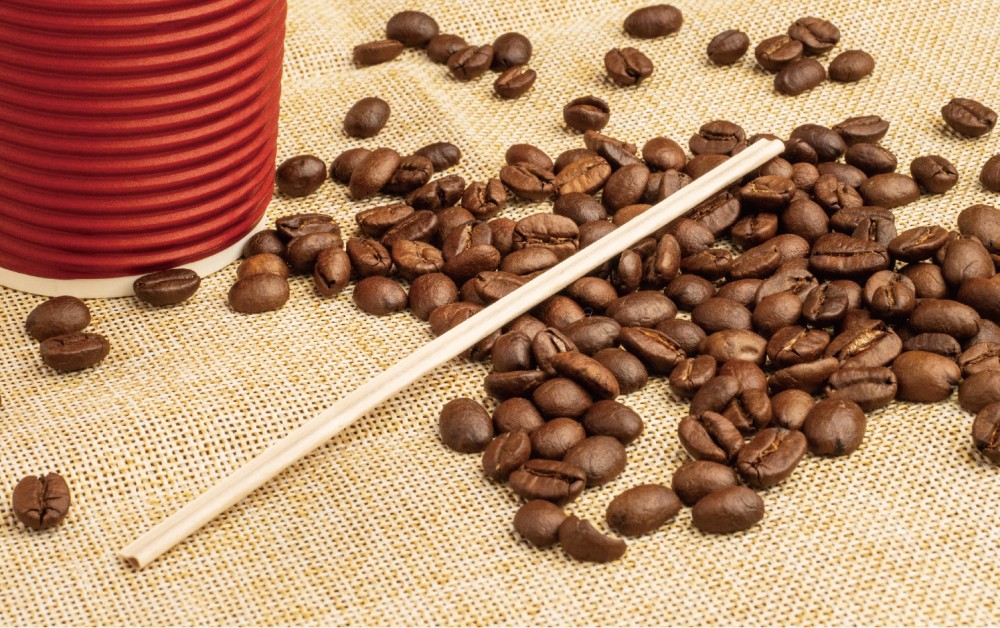The new generation of paper straws has made significant improvement in terms of materials, eco-friendliness and durability. They can now maximize user experience while helping merchants enhance their green images.


As “say no to plastic” becomes all the rage, more and more eateries are beginning to reduce their use of plastic straws or to employ straws made of other materials. However, the paper straws used by some fast food chains have been disposed of like common wastes because the materials used are too thick and non-recyclable – the outcome is indeed the opposite of its original intent to be eco-friendly. In the light of this, Soilable, a local brand that advocates environmental awareness, developed a new generation of paper straws after two years of dedicated research. The new version has improved much in terms of materials, eco-friendliness and durability.
According to Don Wan, Founder of Soilable, environmental initiatives must “be seen” to become successful. He used to sell bio-degradable additives which facilitate the decomposition of substances into natural elements by microbes and are often applied on eco-friendly products. However, for the general consumers, these sound slightly distant – they attach most importance to something more “down-to-earth”, products that can “be seen”. Products that do not catch the eyes of customers can only fail, no matter how great the concepts behind them are. Wan therefore came up with the idea of developing their own products, in hopes that eco-friendly products that can be used by everyone can be made.
Durable yet paper-saving
As a matter of fact, paper straws are not something new. As early as in the 1960s, paper straws were mainstream before plastic straws emerged. Yet, since plastic straws are cheaper and quicker to produce, they soon gained much popularity. When people become more ecologically conscious, however, merchants are gradually changing back to paper straws.

That said, traditional paper straws soften or break apart quite soon after use. Low-quality ones may even affect the taste of the drinks or release pulp during use. No wonder customers and eateries have hesitation about them. On the other hand, increasing the weight of paper to prolong usage time is a confusion of cause and effect. Knowing the pain points, Wan dedicated two years on research and development, and “paper straws 2.0” was born.
Traditionally, food-grade glue was used to keep paper straws in form. Yet, this kind of glue would melt in hot beverages and acidic drinks. Wan took reference from the production of paper cups, which uses no glue at all. By fusing the paper seam ultrasonically, there is no glue to dissolve and straws can maintain their forms. Besides, he is also using more water-resistant paper, which is coated with a bio-based waterproof material for enhanced water resistance. To significantly reduce the use of paper for his straws, Wan abandoned the spiral designs of traditional paper straws and mold the coated paper into the required form, saving about 20%-30% of paper usage.
“Production is the most brain-raking.” Coming from the chemical industry, Wan is well equipped to choose the right materials. Yet, the production process for the new product differs much from that of traditional paper straws. In other words, there is no ready-made machine for mass production. Wan could only commission engineers to design a purpose-built machine for industrial production.

New products that target real-life requirements
Wan thought that the paper straw market is full of opportunities, despite the higher production cost. “Although paper straws are 10 times more expensive than plastic ones, they are greener and can help improve a brand’s image.” As such, Soilable also helps merchants to print their logos or required patterns on paper straws to enhance the promotional impact.

Wan also noted that paper straws currently available on the market are not at all applicable to market darlings of Hong Kong such as hand-mixed beverages and lemon teas. Therefore, the company has developed more sturdy paper straws with a wider diameter (10mm inner diameter). These are made in a way that users can easily break the plastic cover of hand-mixed drink containers and mash lemon pulps with the straw. He also uses similar technology to design a version with a 5mm inner diameter, making it usable for Tetra Pak drinks. This type of straws can be bent and be used for breaking the tiny hole on the pack. These are all recyclable with the drink carton. Besides, he has also consulted the opinions of coffee lovers, who voiced out that a wooden stirrer cannot fully replace plastic ones, which can work as a stirrer and a hot-beverage straw. The feature is in fact very convenient for drivers and is raved by people who do not want to stain their teeth. Knowing of these requirements, Wan also designed paper straws that can be used for coffees.
Wan candidly shared that he does not want to repeat an old path, and he must make a new beginning from his blind spots. He believed that this is the biggest challenge and the best fun in conducting this line of business. Going forward, they are going to develop other eco-friendly products for restaurants following the launch of different types of paper straws.
https://www.cgcc.org.hk/en/temp_publication.php?cid=5&sid=72&tid=0&tabid=0&id=112&cpid=152



